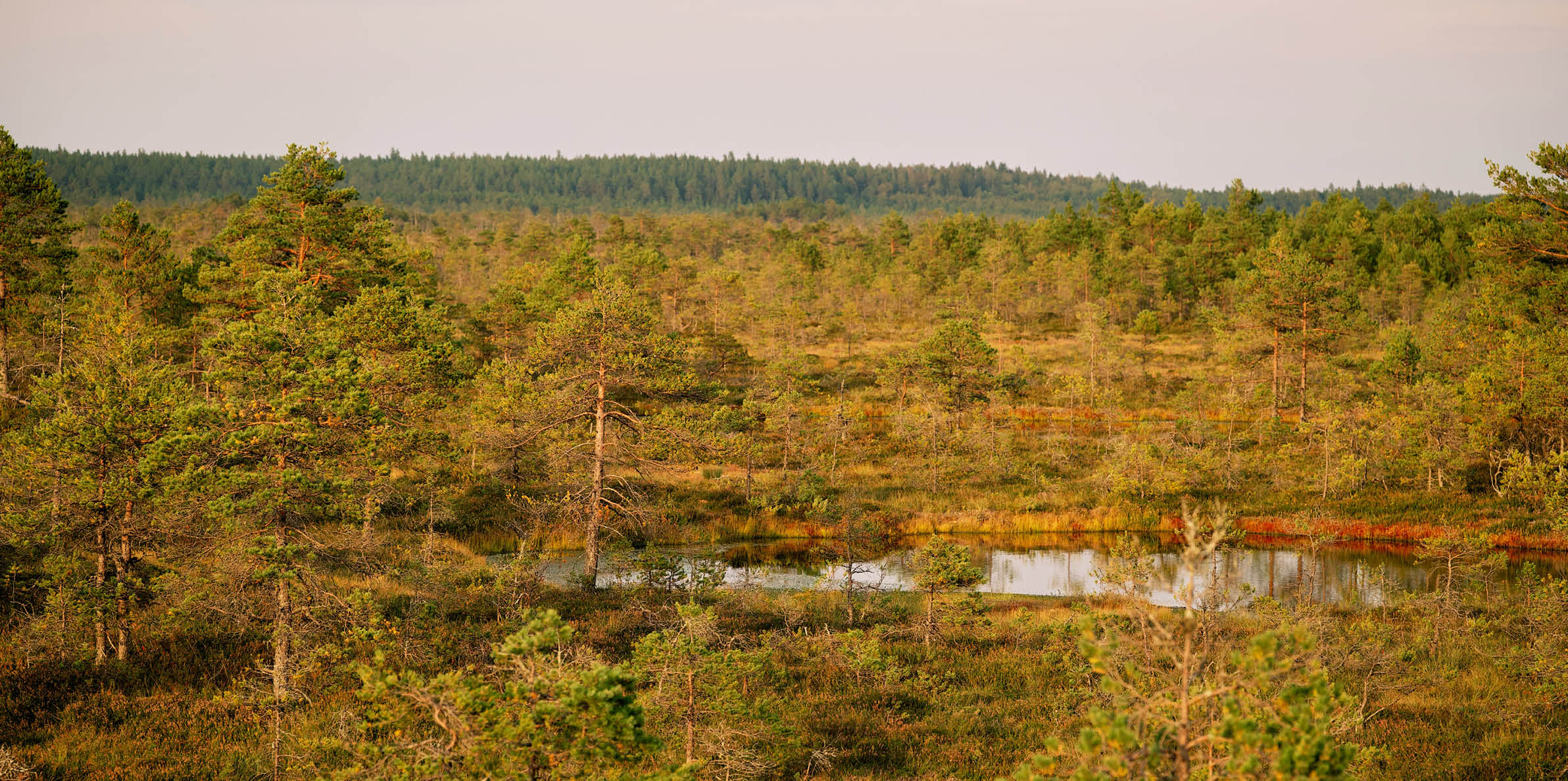In the world of colour, nature is our muse. We at BEEN London draw endless inspiration from the beauty that surrounds us and fuels our commitment to the environment and its delicate ecosystems. As part of this journey, we've transformed 'waste' into a spectrum of hues, with our palettes deeply rooted in the natural world. One such palette, Moss, has a story worth telling.

Let's talk Moss!
Did you know that mosses can absorb up to six times more carbon dioxide than their leafy counterparts? They're like the unsung heroes of the plant world, capturing carbon and helping to combat climate change. To put it in perspective, they could store an astounding 6.43 billion tonnes of carbon dioxide. That's nearly equivalent to the total US emissions in 2022, which stood at 4.97 billion tonnes.
If we take a moment to look up, to the garden walls, and even the cracks in the pavement, we'll find mosses quietly flourishing in every nook and cranny. These tiny plants often escape our notice, but they thrive in diverse environments, playing a vital role in biodiversity preservation. Their existence helps maintain moisture, fostering the growth of greenery and new ecosystems by stabilising soil and retaining water.
Mosses, ancient beings dating back 450 million years, have weathered a plethora of drastic climate shifts. With 15,000 to 25,000 species, they inhabit every corner of the globe, from the harshest deserts to the lushest forests. Mosses act like nature's sponges, utilising their capillary spaces to cling onto water. This remarkable ability allows them to soak up rainfall, sustain the soil's moisture content, and create humid microenvironments that support surrounding flora, such as in marshes and woodlands.
Among the first to colonise disturbed landscapes, like those affected by deforestation or forest fires, Mosses also stabilise the soil's surface, influencing their surroundings by either warming or cooling the soil, depending on the environment. In hot regions, they shield tree roots from scorching temperatures, providing shade and insulation. Whereas, in the Arctic, they prevent the sun's warmth from reaching the ground, preserving ice and delaying thawing.

However, despite their remarkable capabilities, mosses are facing a pressing need for conservation. In many English peatlands, which are primarily composed of moss, they've suffered damage due to factors like heavy grazing, drainage, frequent burning, and cultivation.
Peatlands, Earth's largest terrestrial carbon stores, are where mosses hold incredible power. Covering three to four percent of the planet's surface, they store -a third of all soil carbon, twice as much as the world's forests! In the UK, despite covering only 12 percent of our land, peatlands store as much carbon as our entire forested regions. However, disturbing or degrading peatlands leads to the catastrophic release of all that stored carbon into the atmosphere as carbon dioxide, contributing to a startling four percent of all UK greenhouse gas emissions. That’s why these peatlands are crucial for our environment as they act as natural carbon capturers, a vital role in a warming world. Organisations like Cumbria Wildlife Trust have been working tirelessly to restore upland peatlands since 2001 and require your help! So here's where you come in! Your support can make a real difference. Donate here to lend your hand in ensuring the continuous protection of these areas.
With all these features, moss in peatlands provides sanctuary to a plethora of rare and specialised plants and animals, thriving in a world coloured by the countless shades of green, yellow, brown, orange, and red offered by UK moss varieties.
So, as we introduce Moss to our colour palette, we invite you to shop a shade deeply rooted in nature's resilience and timeless elegance. Discover the moss edit here!






